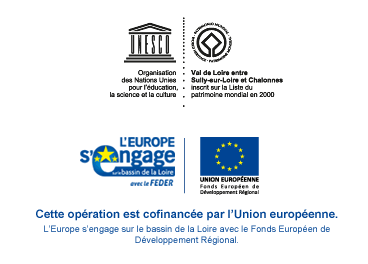Local Urban Development Plan (PLU) and Intermunicipal Local Urban Development Plan (PLUI)
Published on 27 September 2016 - Updated 04 January 2021
The Local Urban Development Plan (PLU) is the reference urban planning document which defines a territory’s overall spatial development plan.
Established by the local authorities that opt for the urban planning competence, this plan defines the principles of the medium-term urban planning strategy (10 years) as well as the applicable urban planning rules (areas suitable for building, land cover coefficients, architectural guidelines, etc.).
The Access to Housing and Urban Renovation (ALUR) Act, in force since March 2015, encourages the preparation of an Intermunicipal Local Urban Development Plan (PLUi), entrusted to Public Intermunicipal Cooperation Establishments (EPCI). The PLUi provides a shared overview of the local area and helps to increase housing diversity, to combat urban sprawl and to facilitate protection and enhancement of environmental, landscape and architectural heritage.
The Planning and Programming Guideline (OAP) mechanism (1) has proven to be a flexible tool, tailored to the urban strategy while still taking the quality of spaces into account. Complementing the Plan for Territorial Urban Development Coherence (SCoT), the PLUi is becoming a strategic regulatory tool for protecting and managing the Loire Valley’s riverscape.
OUV and the local urban development plan
The State’s information document (PAC) forwarded to the municipality or EPCI comes with a statement of key issues specific to the municipalities concerned by the UNESCO Property, which recalls the terms of the expected procedure: fine-tune the analysis made in the SCoT and get practically to grips with the landscape issues identified for the SCoT (see section 05. Plan for Territorial Urban Development) by expressing them in the form of provisions that will be taken on board in the development and building permit.
Approved in February 2017, the Angers Loire Métropole PLUi factors the World Heritage implications into a “Loire Valley OAP” encompassing the seven municipalities within the Loire Valley World Heritage site (see example below). Note that, since 2017, it has been possible to draw up an OAP for heritage purposes (2) bearing on the conservation or requalification of landmarks on cultural, historical, architectural, landscape or ecological grounds.
The local authorities in the Loire Valley shall determine, through an environmental assessment, the PLU and PLUi provisions likely to have significant environmental effects (3), not least as regards the value and vulnerability of the area likely to be affected due to special natural characteristics or cultural heritage (4).
(1) 2002 Solidarity and Urban Regeneration Legislation, rounded off by the 2007 Grenelle 2 environment act
(2) Article 151-7 of the Urban Planning Code
(3) In the meaning of Annex II to Directive 2001/42/EC of the European Parliament and of the Council of 27 June 2001
(4) In the meaning of Annex III to Directive 2011/92/EU

![Nouvelles Renaissance(s] 2023](/var/storage/images/val-de-loire-refonte/dossier-de-parametrage/pied-de-page/nouvelles-renaissance-s-2023/517479-13-fre-FR/Nouvelles-Renaissance-s-2023_image_largeur220.png)


 Lettre d'information
Lettre d'information
 Facebook
Facebook
 Flickr
Flickr
 Podcloud
Podcloud
 Dailymotion
Dailymotion
 Box
Box
 Slideshare
Slideshare
 Diigo
Diigo

